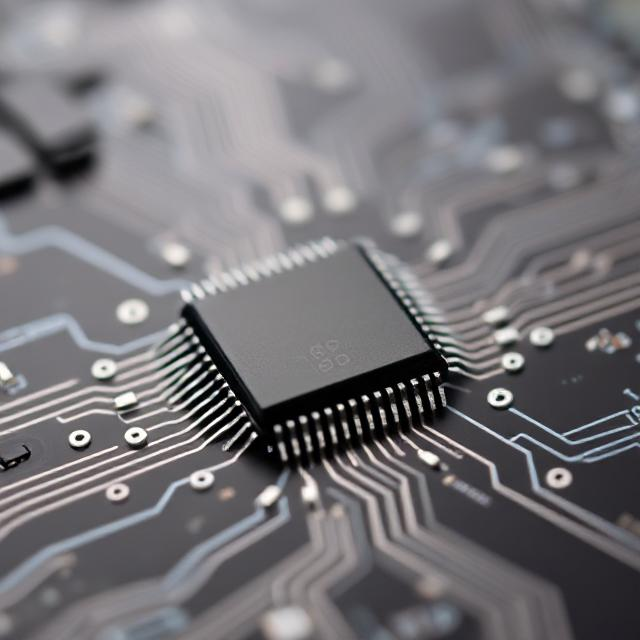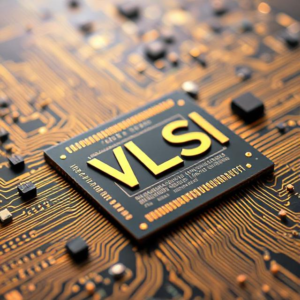VLSI stands for Very-Large-Scale Integration, a process of creating integrated circuits (ICs) by combining thousands or millions of transistors into a single chip. VLSI is the foundation of modern electronics such as smartphones, computers, and smart devices. As technology advances, researchers are exploring new ways to improve performance, reduce power usage, and increase processing capabilities.
Two exciting and emerging areas in VLSI are Neuromorphic Chips and Quantum VLSI.

1. Neuromorphic Chips
What Are Neuromorphic Chips?
Neuromorphic chips are designed to work like the human brain. Traditional chips process information step-by-step using logic gates, but neuromorphic chips use artificial neurons and synapses to process data in parallel, mimicking how the brain works.
Key Features:
-
Low Power Consumption: They consume much less energy compared to regular chips.
-
Real-Time Processing: Great for tasks like recognizing speech, images, or gestures instantly.
-
Adaptive Learning: Can “learn” from patterns over time, like how humans learn from experience.
Applications:
-
AI and Machine Learning
-
Robotics
-
Edge Computing (smart sensors and IoT devices)
-
Brain-Machine Interfaces
Example:
IBM’s TrueNorth and Intel’s Loihi are examples of neuromorphic chips that simulate millions of neurons and synapses.
2. Quantum VLSI
What Is Quantum VLSI?
Quantum VLSI combines quantum computing with VLSI technology. Instead of using regular bits (0s and 1s), quantum computers use qubits, which can represent both 0 and 1 at the same time thanks to superposition and entanglement.
Quantum VLSI focuses on designing circuits that can handle qubits and quantum logic gates efficiently.
Key Features:
-
Massive Computing Power: Can solve complex problems much faster than traditional computers.
-
Revolutionary Approach: Requires completely new ways of circuit design and error correction.
-
Cryogenic Operation: Most quantum chips need very low temperatures to function properly.
Challenges:
-
Maintaining qubit stability (quantum decoherence)
-
Error correction is difficult
-
Expensive and complex to build
Applications:
-
Cryptography and Cybersecurity
-
Drug Discovery and Materials Science
-
Financial Modeling
-
Climate Prediction
Example:
Google’s Sycamore and IBM’s Quantum System One are systems where quantum VLSI is being used.
Conclusion
Neuromorphic and Quantum VLSI represent the future of computing. While neuromorphic chips aim to make machines smarter by working like the human brain, quantum VLSI aims to make machines faster by using the laws of quantum physics. Both technologies are still being developed, but they have the potential to transform industries, from healthcare to AI to cybersecurity.











